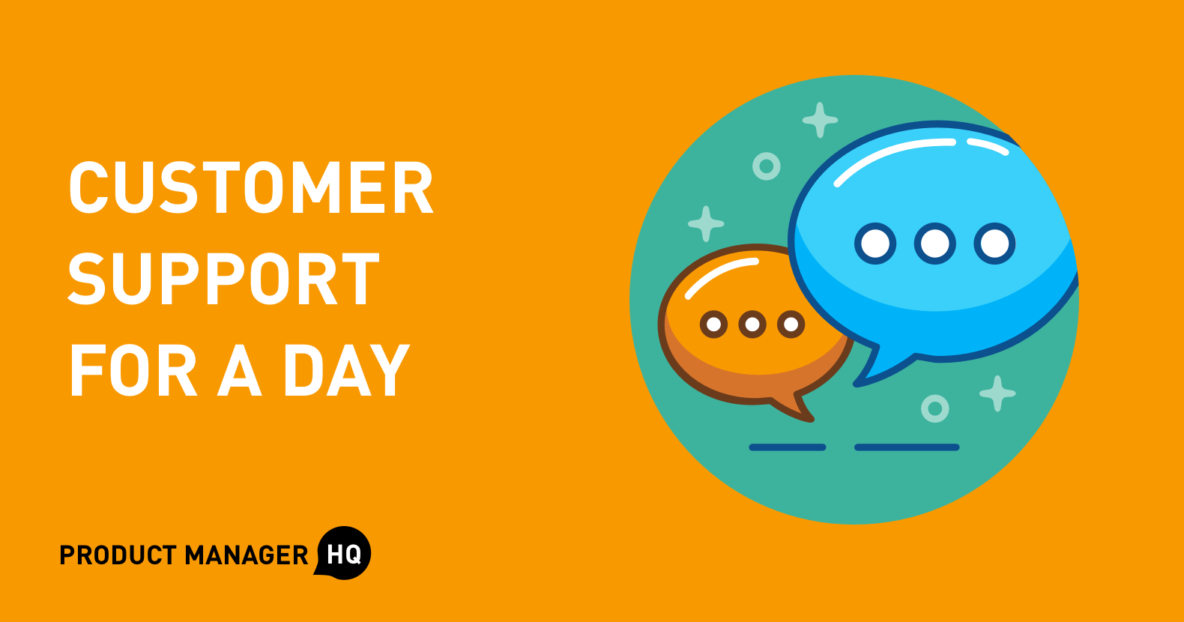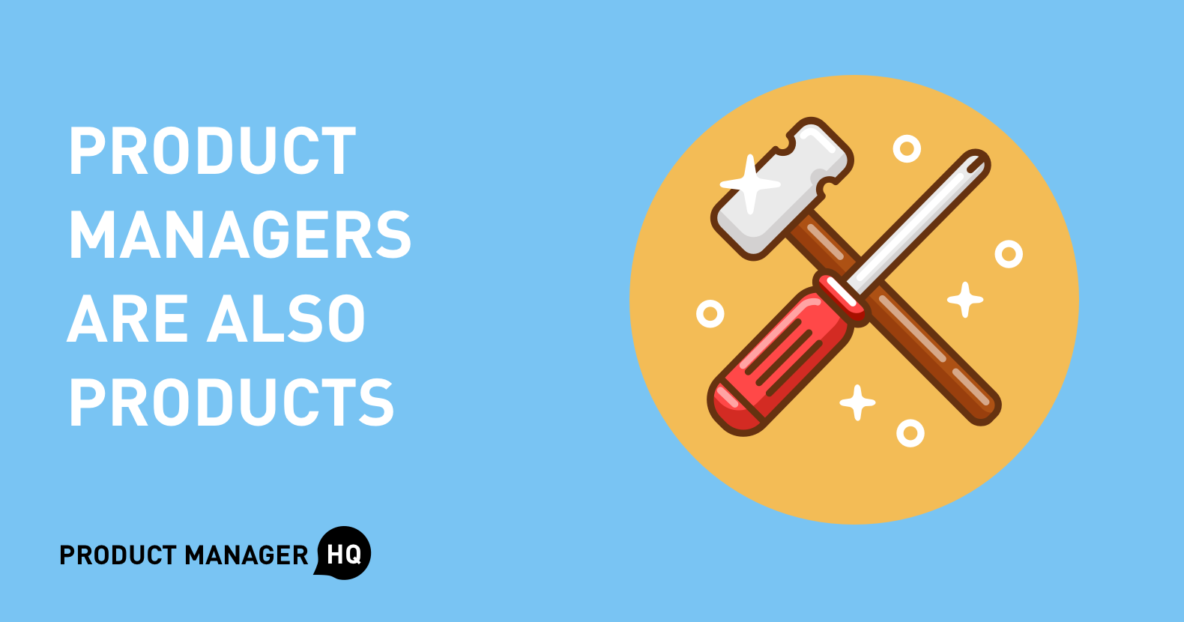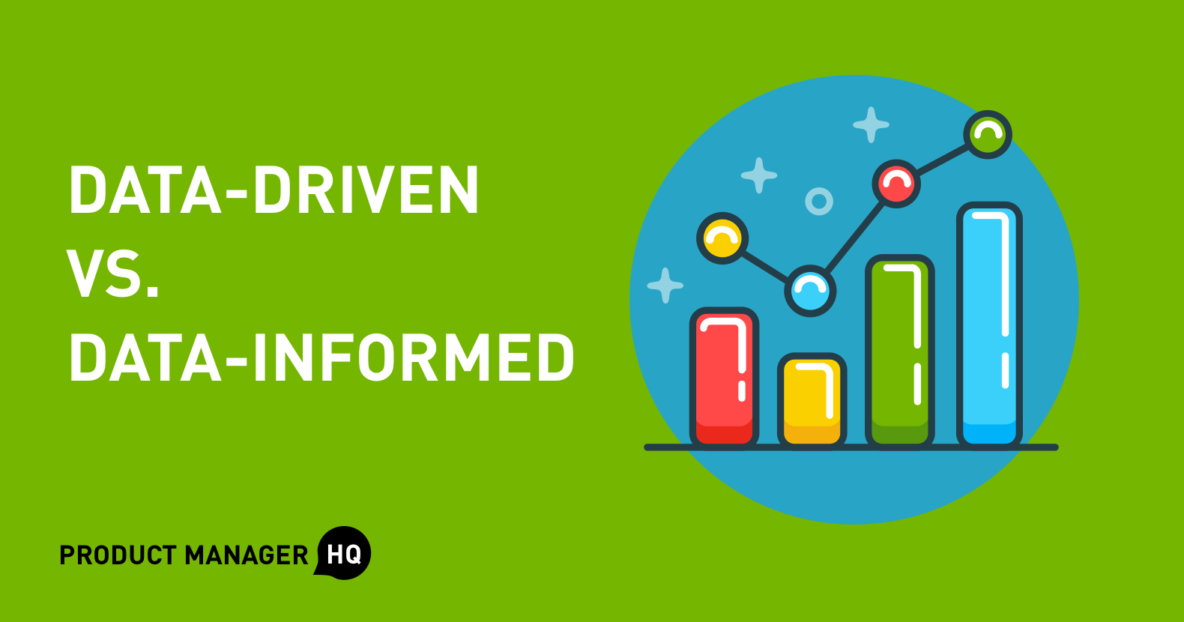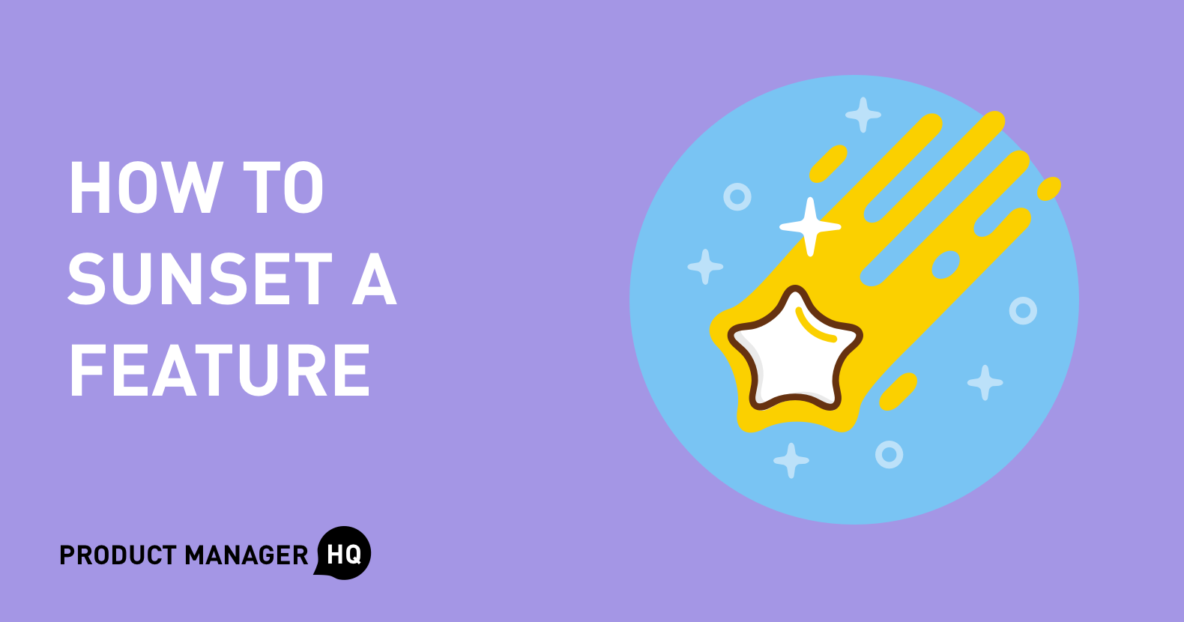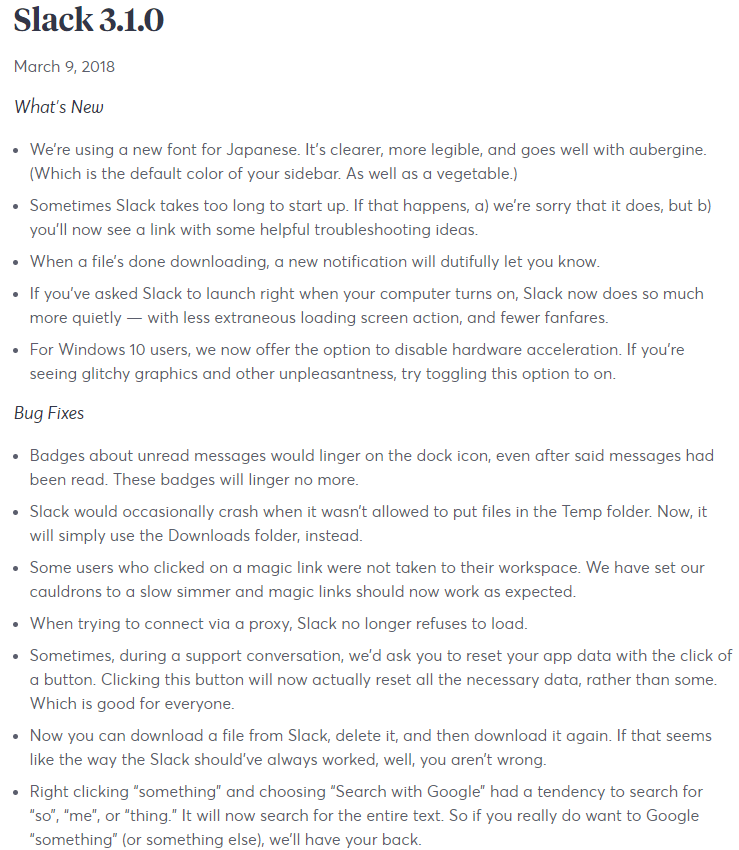As product managers, we solve problems for users – both new users and existing users. One of the best ways to get to know existing users better is to work alongside customer support.
Customer support teams interact directly with existing customers that are struggling. This means that customer support has a wealth of information about the challenges that existing customers face, and what kinds of solutions are more likely to satisfy the needs of existing customers.
Not only that, customer support teams are truly product champions – they promote the effectiveness of the product and actively soothe the customers who are most likely to churn. Therefore, better empathizing with customer support enables you to be a more effective product manager.
Clement Kao has published 60+ product management best practice articles at Product Manager HQ (PMHQ). Furthermore, he provides product management advice within the PMHQ Slack community, which serves 8,000+ members. Clement also curates the weekly PMHQ newsletter, serving 27,000+ subscribers.

